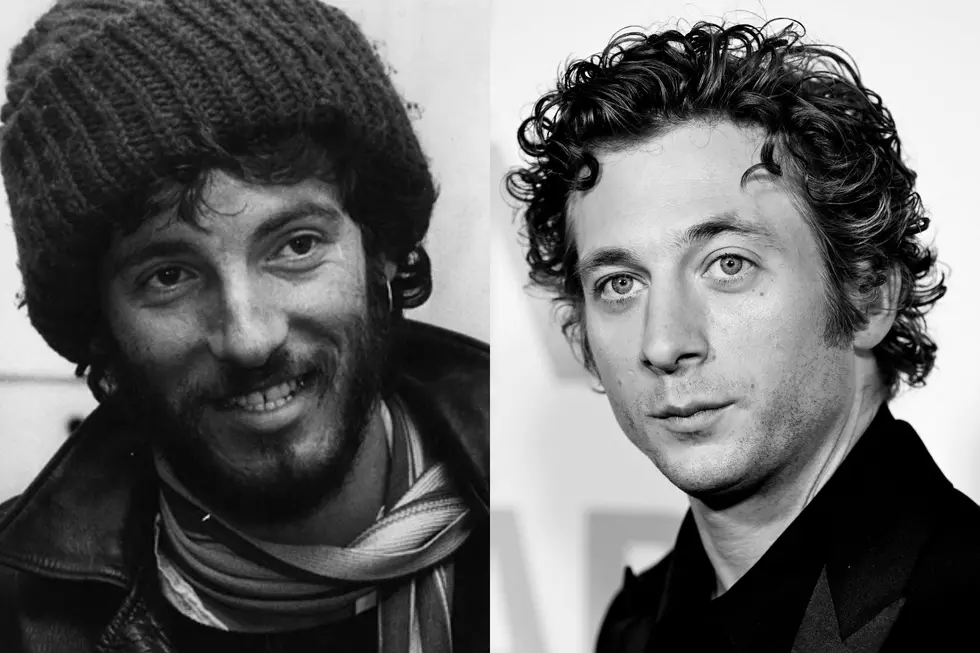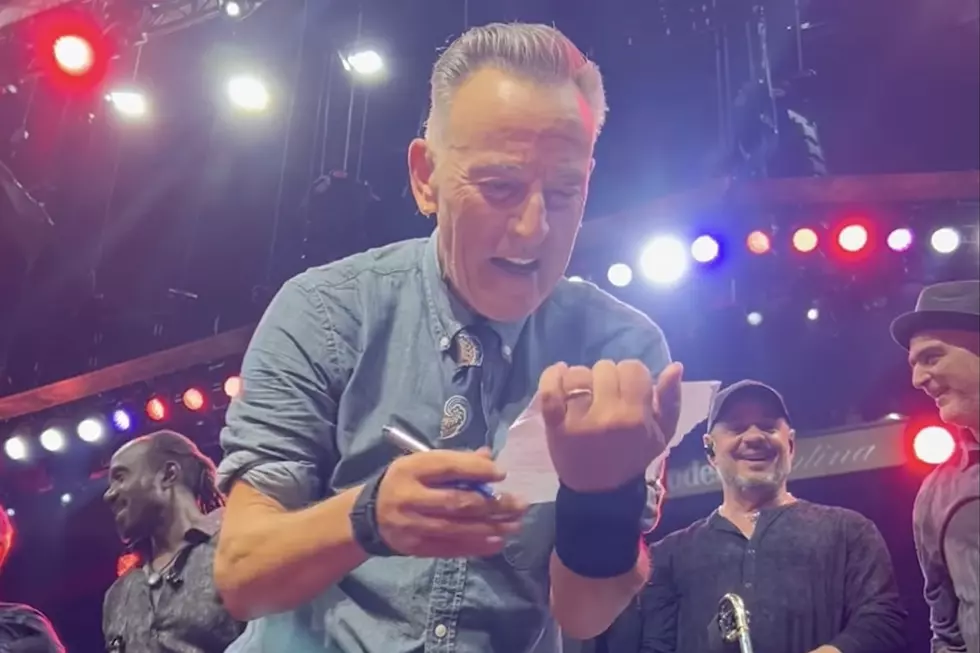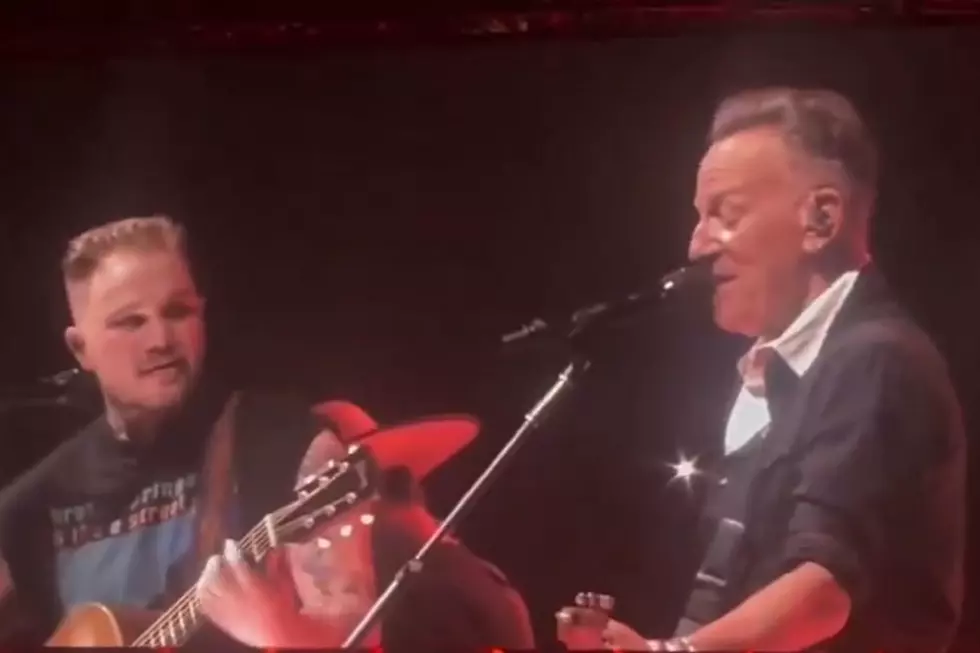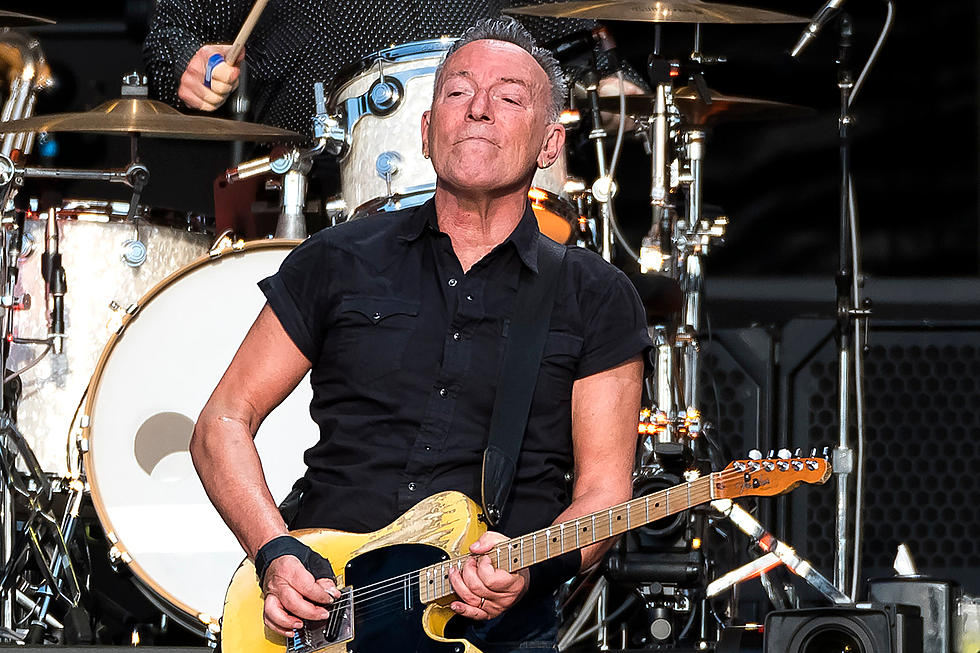
When Bruce Springsteen’s ‘The River’ Became His First No. 1 Album
After circumstances forced Bruce Springsteen to wait three years to put out 1978’s Darkness on the Edge of Town, he tried to make sure there wouldn’t be as long a delay for the follow-up. But it didn't completely work out as he had hoped. He released the double-LP The River on Oct. 17, 1980.
Less than four months after the Darkness tour ended on New Year’s Day 1979, Springsteen and the E Street Band took up residency at the Power Station in New York. Born to Run was lush, and Darkness suffered from a flat production job that was common in the mid-to-late ‘70s. Springsteen wanted a different approach this time around.
“I wanted to cut some music that felt very explosive,” he said in Peter Ames Carlin’s Bruce. “I wanted to combine the fun aspect of what the band did along with the story I was telling. Find a way to combine those things and create a bigger picture of what we did out in front of the people.”
That’s exactly what he got. More than any other Bruce Springsteen album, you hear the E Street Band living up to their onstage reputation, providing some blistering rock on the uptempo numbers — particularly the four that open the record — and giving room for the slower and darker songs to breathe, most notably “Point Blank,” “Stolen Car” and “Drive All Night.” A lot of this was the work of Steven Van Zandt, who served as co-producer.
But the decision to turn the band loose in the studio didn’t mean that everything ran smoothly. As had been the case on Darkness (and, later, on Born in the U.S.A.), Springsteen brought in more material than necessary, including some re-writes of tracks they had already recorded. Brucebase lists 32 songs that were recorded or rehearsed by the time sessions wrapped up in September.
On Oct. 4, a few weeks after performing at the No Nukes concert, a master tape containing 10 songs was sent to Columbia with the proposed title The Ties That Bind. But Springsteen had a change of heart almost immediately, and pulled the record. (It was finally released in 2015 as part of an expanded River box.)
Four days later, they were back in the Power Station for another round of sessions, which more or less ended in May 1980. Overall, 65 songs were tried out, including some that were given to Gary “U.S.” Bonds for his Springsteen- and Van Zandt-produced comeback, Dedication.
Springsteen selected 20 of those and gave it a new name, The River, after the track that closes its second side. Three of the tunes slated for The Ties That Bind — “Cindy,” “Be True” and “Loose Ends” — were scrapped entirely, although “Be True” wound up as a b-side and “Loose Ends,” one of his greatest breakup songs, surfaced on the Tracks boxed set, which included another 12 cuts from those sessions.
Most double albums suffer from sprawl. But here, its length works to its advantage. It may seem incongruous, for instance, to place garage-rock fluff like “Crush on You” — once described by Springsteen as “the worst song we ever put on a record” — next to more thoughtful material like “The Price You Pay” and the title track, but it helps define Springsteen’s ultimate philosophy: The world can be cold and unfair, but that doesn’t mean you can’t let loose and dance through it.
Despite the commercial success of the previous two albums, Springsteen had yet to crack the Top 20 of the Billboard Hot 100. That changed with the first single, “Hungry Heart,” which hit No. 5 and the follow-up, “Fade Away” just eked in at No. 20. Perhaps more importantly, despite being a double album, The River became Springsteen’s first record to top the Billboard album chart.
Springsteen had dabbled with arenas in certain cities on the Darkness tour, which he had been loathe to do after his early experience as an opening act. But his level of fame now was such that he had no choice this time out. Hitting the road two weeks before the record’s release, they wrapped up the first leg in early March. This was followed by his first proper trip overseas (the Born to Run European tour was only four shows in three cities, and he stayed in North America for Darkness) and another round in the U.S. that concluded in September 1981.
Bruce Springsteen Albums Ranked
More From Ultimate Classic Rock









